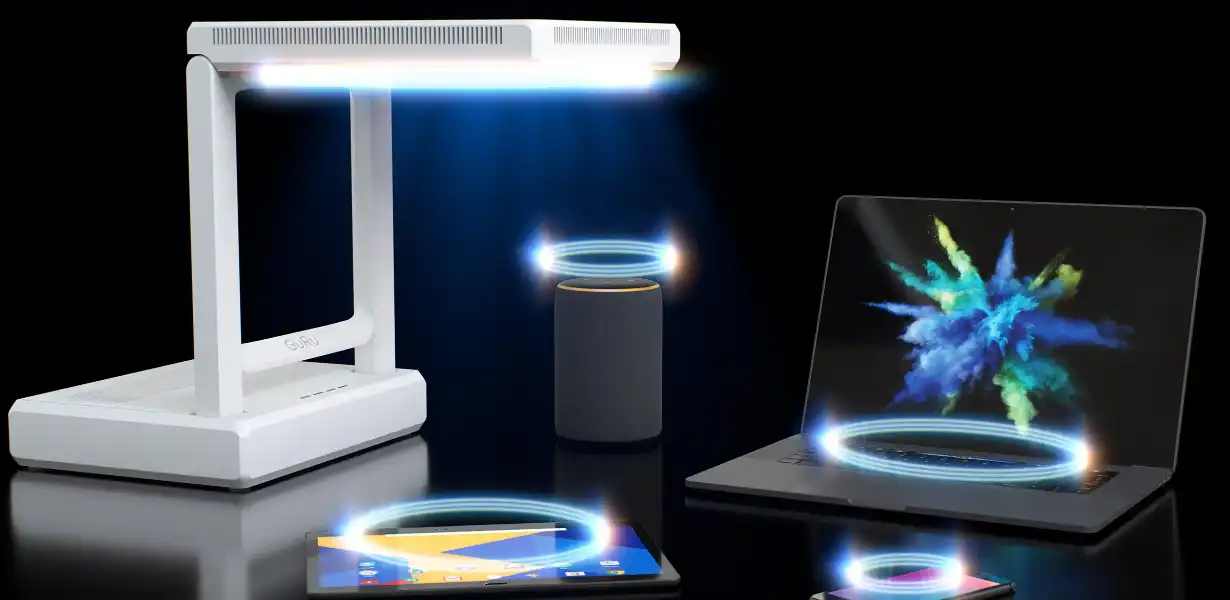
Wireless Power Transfer: Revolutionizing IoT Prototyping and Wearable Devices
- Post
- August 7, 2023
- Prototyping, UI/UX Design, Web Design
- 0 Comments
In an era where technological advancement is shaping the way we interact with the world around us, the concept of wireless power transfer has emerged as a groundbreaking innovation. Imagine a world where your wearable devices and IoT prototypes seamlessly charge without the hassle of cords and outlets. This remarkable technology is poised to redefine the way we perceive and utilize energy. In this comprehensive blog, we delve into the realm of wireless power transfer, exploring its significance, potential applications, prototyping tools, and the future it holds for wearable devices and IoT.
The Power of Wireless Energy: Unveiling the Breakthrough
Wireless power transfer, also known as wireless energy transmission or wireless charging, is a revolutionary concept that enables the transmission of electrical energy from a power source to a device without the need for physical connectors or cables. This breakthrough technology relies on electromagnetic fields to transfer energy, making it possible to charge devices simply by placing them in proximity to a power source.
Advantages of Wireless Power Transfer
Cordless Convenience:
Bid farewell to tangled cords and limited charging locations. Wireless power transfer provides the ultimate convenience by eliminating the need for direct physical contact between devices and chargers.
Enhanced Durability:
With no connectors or ports to wear out, wireless charging offers improved durability for devices, reducing the risk of damage caused by frequent plugging and unplugging.
Design Flexibility:
The absence of physical connectors opens up a realm of design possibilities for wearable devices and IoT prototypes. Manufacturers can explore sleeker and more compact designs without compromising functionality.
Efficient Energy Transfer:
Wireless power transfer systems are continually evolving to enhance energy efficiency, resulting in minimal energy loss during transmission and a more sustainable approach to charging.
IoT Prototyping Tools: Empowering Innovation
When it comes to IoT prototyping, selecting the right tools is crucial for a successful design and development process. Here are some notable tools that empower innovation in IoT prototyping:
Raspberry Pi:
Raspberry Pi is a versatile single-board computer that serves as an excellent platform for IoT prototyping. With its GPIO pins and support for various programming languages, developers can create custom IoT solutions and integrate wireless power transfer technology seamlessly.
Arduino:
Arduino boards are renowned for their user-friendly interface and compatibility with a wide range of sensors and actuators. This makes them an ideal choice for rapid IoT prototyping and experimentation.
Particle Photon:
Particle Photon offers a cloud-connected microcontroller that simplifies IoT development. Its integration with popular development platforms and wireless capabilities make it a valuable tool for incorporating wireless power transfer into IoT projects.
Integrating Wireless Power Transfer into Wearable Devices
The marriage of wireless power transfer technology and wearable devices opens up an array of possibilities for both convenience and functionality. Imagine charging your smartwatch while you sleep, or powering your fitness tracker during your morning jog. Here’s how wireless power transfer can revolutionize wearable devices:
Extended Battery Life:
Wireless power transfer allows wearable devices to charge on the go, ensuring that you stay connected and informed without worrying about battery depletion.
Seamless Integration:
Wearable devices can be designed with embedded wireless charging capabilities, eliminating the need for external charging ports and providing a sleek and seamless user experience.
Health Monitoring:
Wirelessly powered medical wearables, such as glucose monitors and ECG patches, can provide continuous health monitoring without the hassle of frequent battery replacements.
Frequently Asked Questions
Q1: How does wireless power transfer work?
Wireless power transfer relies on electromagnetic fields that transmit energy between a power source and a device, without the need for physical connectors. This is achieved through resonant inductive coupling or radio frequency technology.
Q2: Are there safety concerns associated with wireless charging?
Modern wireless power transfer systems incorporate safety features, such as overcurrent and overvoltage protection, to ensure safe and efficient charging. However, it’s essential to follow manufacturer guidelines and use certified charging equipment.
Q3: Can I retrofit existing wearable devices with wireless charging capabilities?
In some cases, it may be possible to retrofit wearable devices with wireless charging technology, but this depends on the device’s design and compatibility with wireless power transfer components.
Q4: What is resonant inductive coupling?
Resonant inductive coupling is a wireless power transfer method that relies on the resonant behavior of coils to efficiently transfer energy over short distances. It allows for greater flexibility in device placement and alignment.
Q5: What does the future hold for wireless power transfer?
The future of wireless power transfer holds the promise of even more efficient and widespread adoption. As technology continues to advance, we can anticipate increased compatibility, longer transmission distances, and seamless integration into various industries.
Final Words
Wireless power transfer is poised to revolutionize the way we interact with wearable devices and IoT prototypes. With its cordless convenience, design flexibility, and efficient energy transfer, this breakthrough technology is paving the way for a more seamless and connected future. As we embrace the possibilities of wireless energy transmission, we’re entering an era where charging cords and outlets may become a thing of the past, replaced by the invisible power of electromagnetic fields.




